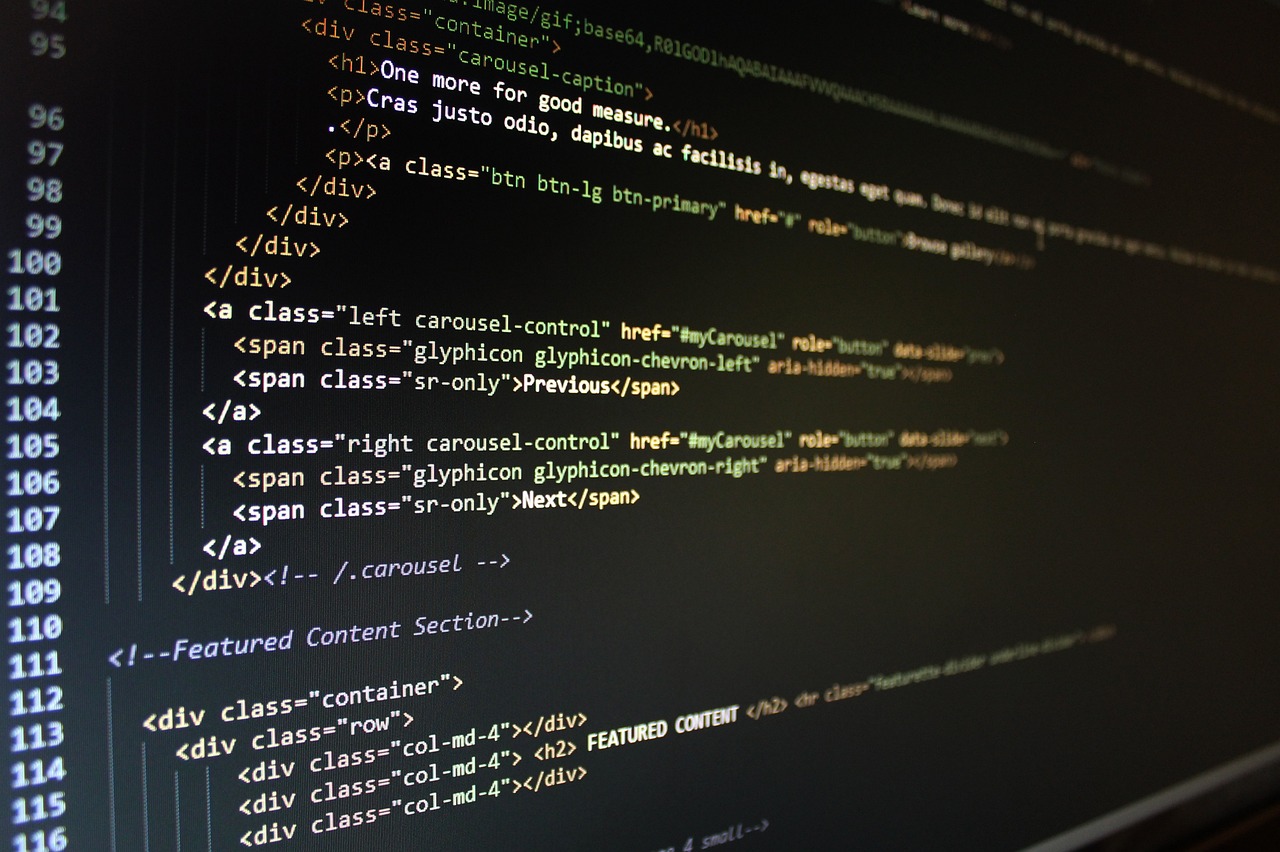Statistical data is an essential part of any research or analysis. It provides valuable insights and helps us make informed decisions. In this article, we will explore the different types of statistical data and their significance. Understanding these data types is crucial for conducting accurate analysis and drawing meaningful conclusions.
I. Introduction
Statistical data types refer to the different forms of data that can be collected and analyzed in statistical studies. These data types help us categorize and understand the nature of the information we are dealing with.
II. Categorical Data
Categorical data includes variables that fall into distinct categories or groups. These variables are usually non-numeric and represent qualitative characteristics. Examples of categorical data include gender, occupation, and marital status. Categorical data can further be classified into nominal and ordinal data.
Nominal Data
Nominal data represents qualitative variables with no inherent order or ranking. For example, the colors of cars or the types of fruits belong to nominal data. Nominal data can only be categorized and has no numerical significance.
Ordinal Data
Ordinal data, on the other hand, represents qualitative variables with a natural order or ranking. Examples include movie ratings or levels of education. Unlike nominal data, ordinal data can be ranked or ordered.
III. Numerical Data
Numerical data, also known as quantitative data, consists of variables with numerical values. These variables can be further divided into discrete and continuous data.
Discrete Data
Discrete data represents variables that can only take on specific, exact values. These values are usually countable and have gaps between them. Examples of discrete data include the number of people in a household or the number of cars in a parking lot.
Continuous Data
Continuous data represents variables that can take on any numerical value within a specific range. These values are typically measured and can include decimals or fractions. Examples of continuous data include temperature, height, and weight.
IV. Summary Statistics
Summary statistics are used to summarize and analyze data. They provide a snapshot of the data set and help in understanding its characteristics. The most common summary statistics include measures of central tendency (mean, median, and mode) and measures of dispersion (range and standard deviation).
The choice of summary statistics depends on the type of data being analyzed. For categorical data, the mode (most frequent value) is commonly used. For numerical data, the mean (average), median (middle value), and mode can be calculated.
V. Data Visualization
Data visualization is an effective way to present and interpret statistical data. Graphical representations help in understanding patterns, trends, and relationships within the data. The choice of visualization depends on the data type.
For categorical data, bar graphs are commonly used. They display the frequency or proportion of each category. Bar graphs can easily compare different categories and identify the most common or least common.
For numerical data, histograms are commonly used. Histograms display the distribution of values and provide insights into the spread and shape of the data. They can be used to identify outliers or check for skewness.
VI. Data Transformation
Data transformation involves converting data from one type to another. This can be useful when analyzing data or when certain statistical methods require specific data types.
Converting numerical data to categorical data can be done through the process of discretization. Discretization involves dividing the numerical values into range intervals and assigning each value to a corresponding category.
Converting categorical data to numerical data can be done through the process of encoding. Encoding assigns numerical values to each category, allowing statistical analysis to be performed.
VII. Conclusion
Understanding statistical data types is crucial for accurately analyzing and interpreting data. By recognizing the different types of data, researchers can choose appropriate statistical techniques and draw meaningful conclusions. Categorical data and numerical data have distinctive characteristics that require different analysis methods. Summary statistics and data visualization techniques further enhance our understanding of the data. Additionally, data transformation techniques allow for flexibility in working with different data types. By mastering the knowledge of statistical data types, researchers can extract valuable insights and make informed decisions.
VIII. FAQs
FAQ 1: What are the different types of statistical data?
There are four primary types of statistical data: categorical data, numerical data, discrete data, and continuous data.
FAQ 2: How are summary statistics used?
Summary statistics summarize the characteristics of a data set. They provide measures of central tendency and dispersion, facilitating data interpretation.
FAQ 3: What is the purpose of data visualization?
Data visualization helps in understanding patterns, trends, and relationships within the data. It provides a visual representation for easier interpretation.
FAQ 4: What is data transformation?
Data transformation involves converting data from one type to another. It can be useful for analysis purposes or when specific data types are required for statistical methods.
FAQ 5: Why is it important to understand statistical data types?
Understanding statistical data types is essential for accurate analysis and interpretation. It ensures that appropriate statistical techniques are used and meaningful conclusions are drawn.
In conclusion, statistical data types are diverse and significant in any research or analysis. Categorical data and numerical data have distinctive characteristics that require different analysis methods. Summary statistics and data visualization techniques further enhance the understanding of the data. By mastering the knowledge of statistical data types and their analysis techniques, researchers can extract valuable insights and make informed decisions.





